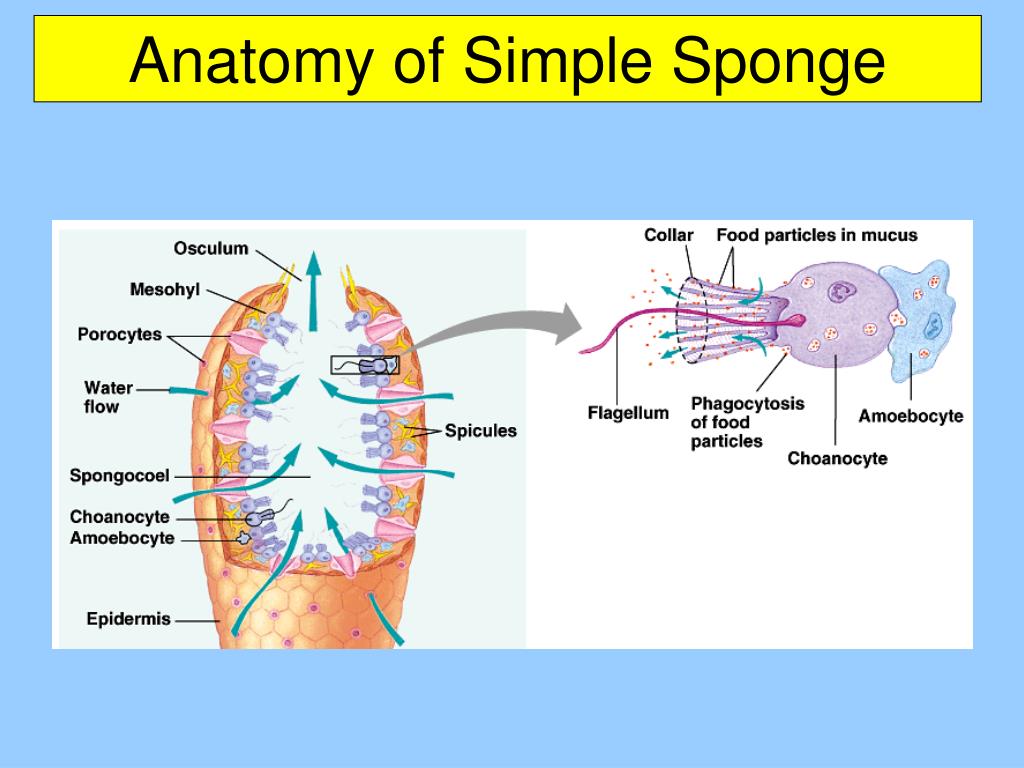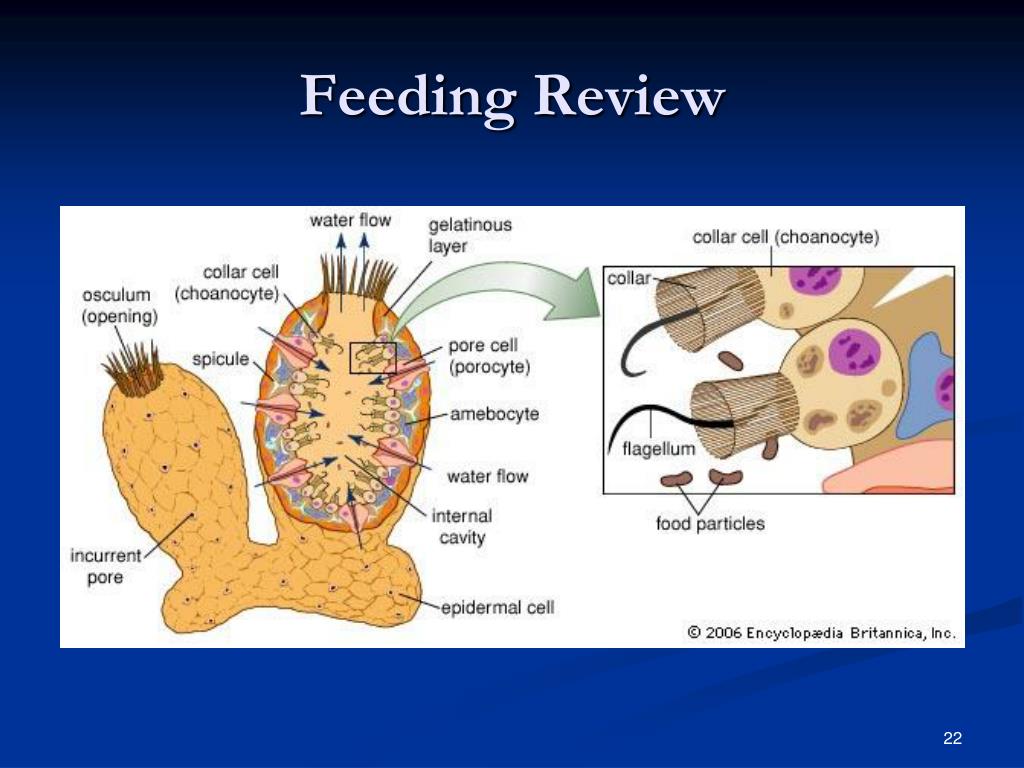


Well, they eventually fossilised into hard rock and were used to build castles in the middle ages.Īll sponges are aquatic (found in water), completely sessile (non-motile/ do not move) and filter feeders.

How can soft animals be reef builders you may ask. The fossils containing this biomarker were dated to be at least 635 million years old! It’s believed that they dominated the oceans as the main reef builders 400 million years ago (a responsibility hard corals have taken over in present day). How do we know this? A team of scientists led by Dr Gordon Love analysed fossils of sponges for traces of a steroid biomarker produced by a common class of sponges (the demosponges). Genetic analysis has revealed they are the most primitive (still have very similar characteristics found at the beginning of their evolutionary history) animal group alive today, and are probably some of the first animals to ever appear on the earth. Around 150 of these live in freshwater and the rest are found in the ocean or brackish water. There are over 11,000 described species and 9000 living species. Named purely by their appearance, sponges are from the phylum Porifera. Although they are superbly intriguing, they also play crucial roles in the ecology of a reef - and definitely a species worth knowing about! They comprise considerably more than half the biomass of a reef, giving the reef colour, alien-like shapes, and textures to discover. Read on to find out why…Ī species frequently overlooked, once thought to be a plant, and one whose DNA sequences are present in every animal below and above the surface - the marine sponges (phylum Porifera) are one of the simplest, yet most fascinating organisms that I have come across in my biological studies! They arrived here from an ancient world, surviving the Precambrian seas (the earliest eon in the world's history). But these incredibly resilient creatures are under threat. Not only do sponges create homes for a variety of different organisms, but they also provide compounds for pharmaceuticals. Today we delve into their morphology, how they reproduce and what they eat. Marine sponges may not look like much, but these animals (yes, animals) are fascinating organisms.


 0 kommentar(er)
0 kommentar(er)
